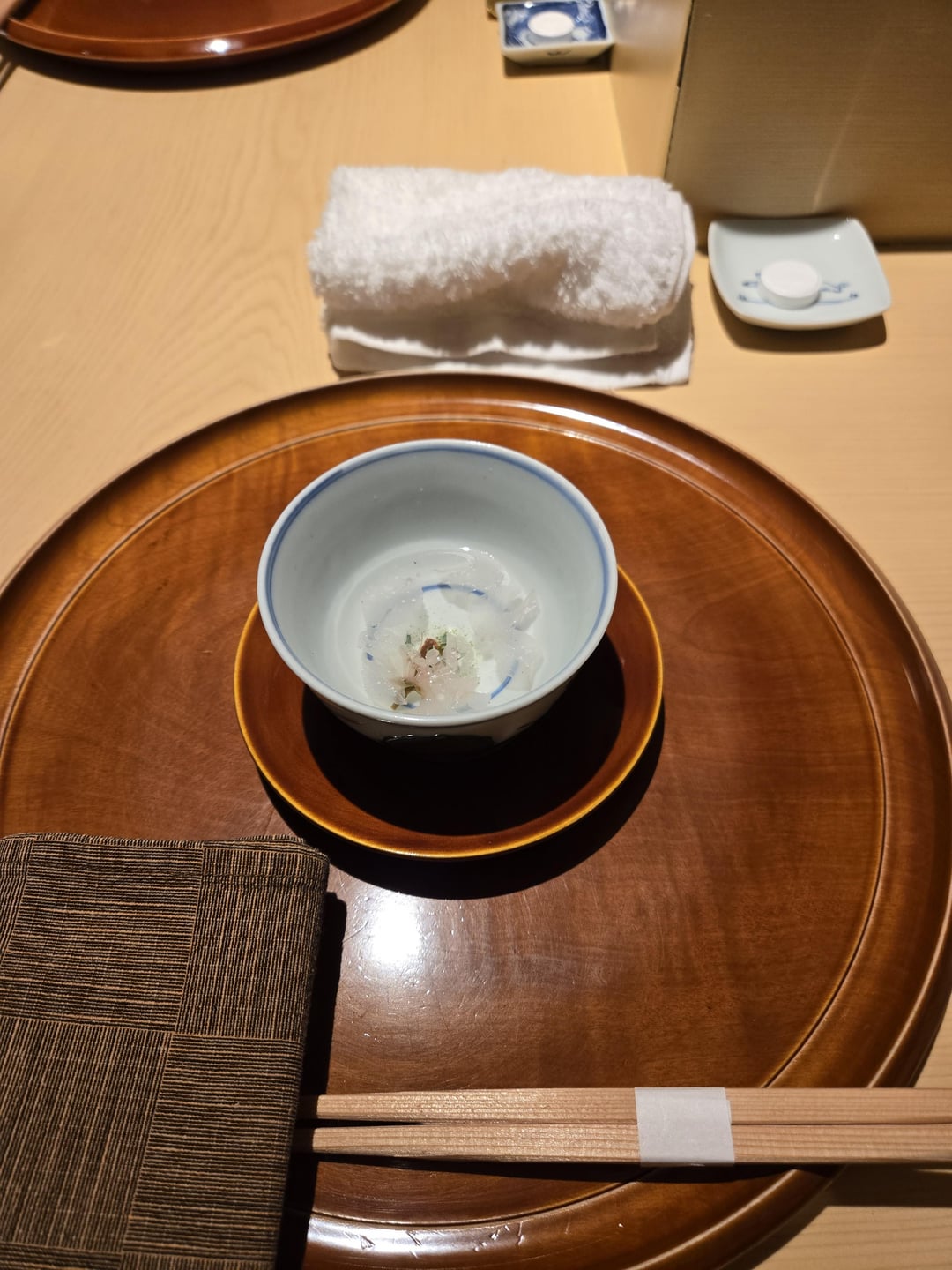
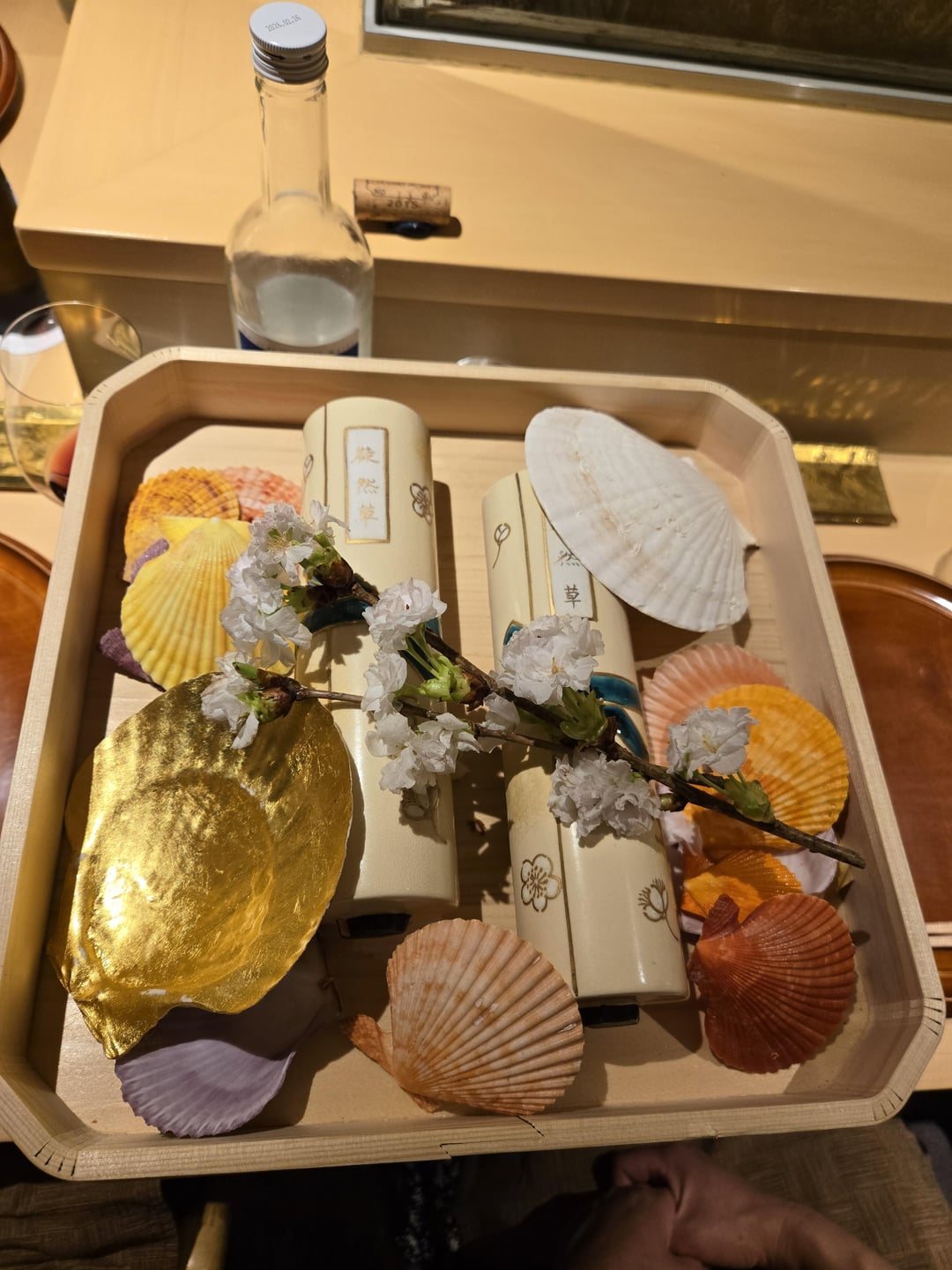
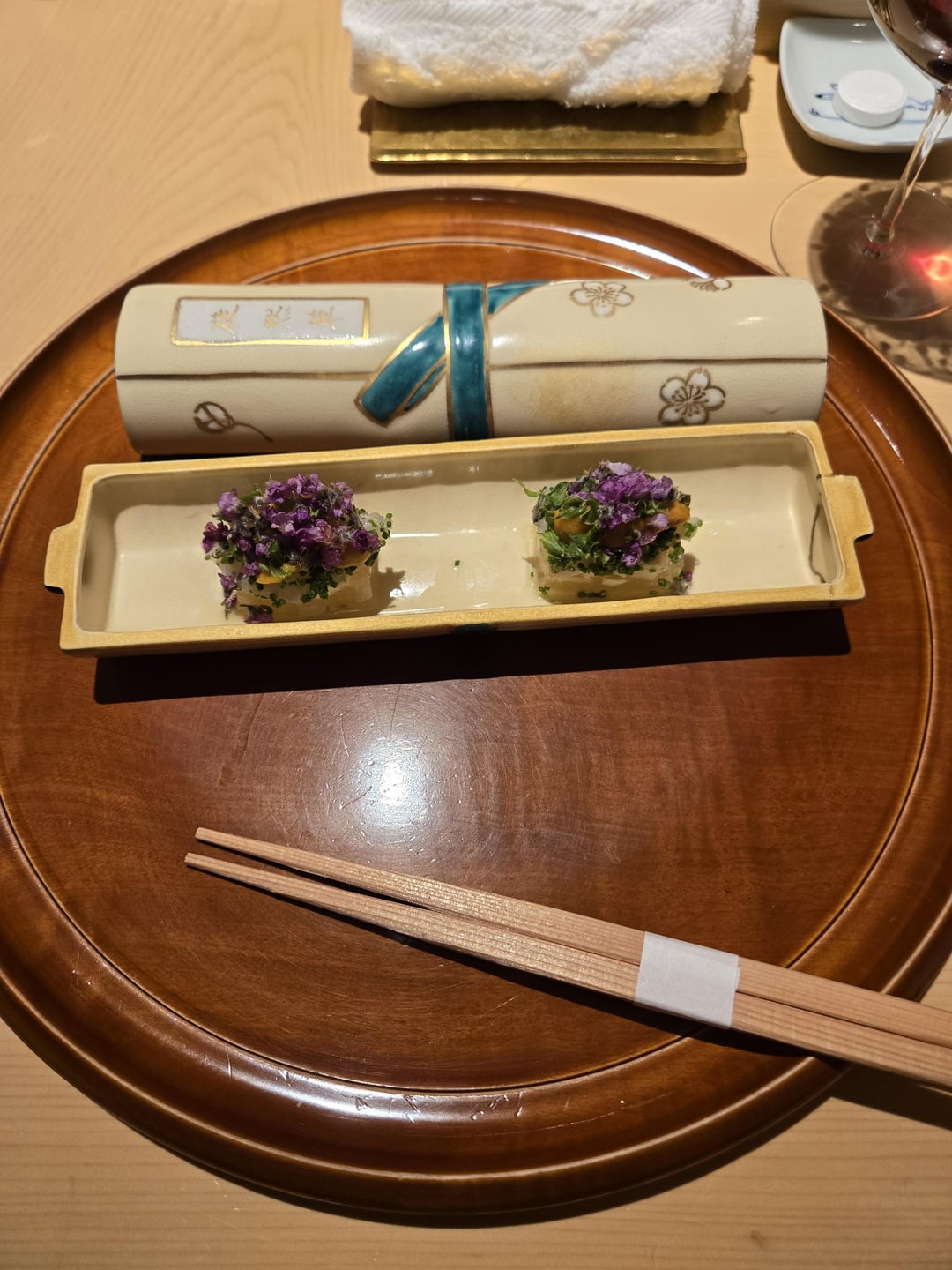
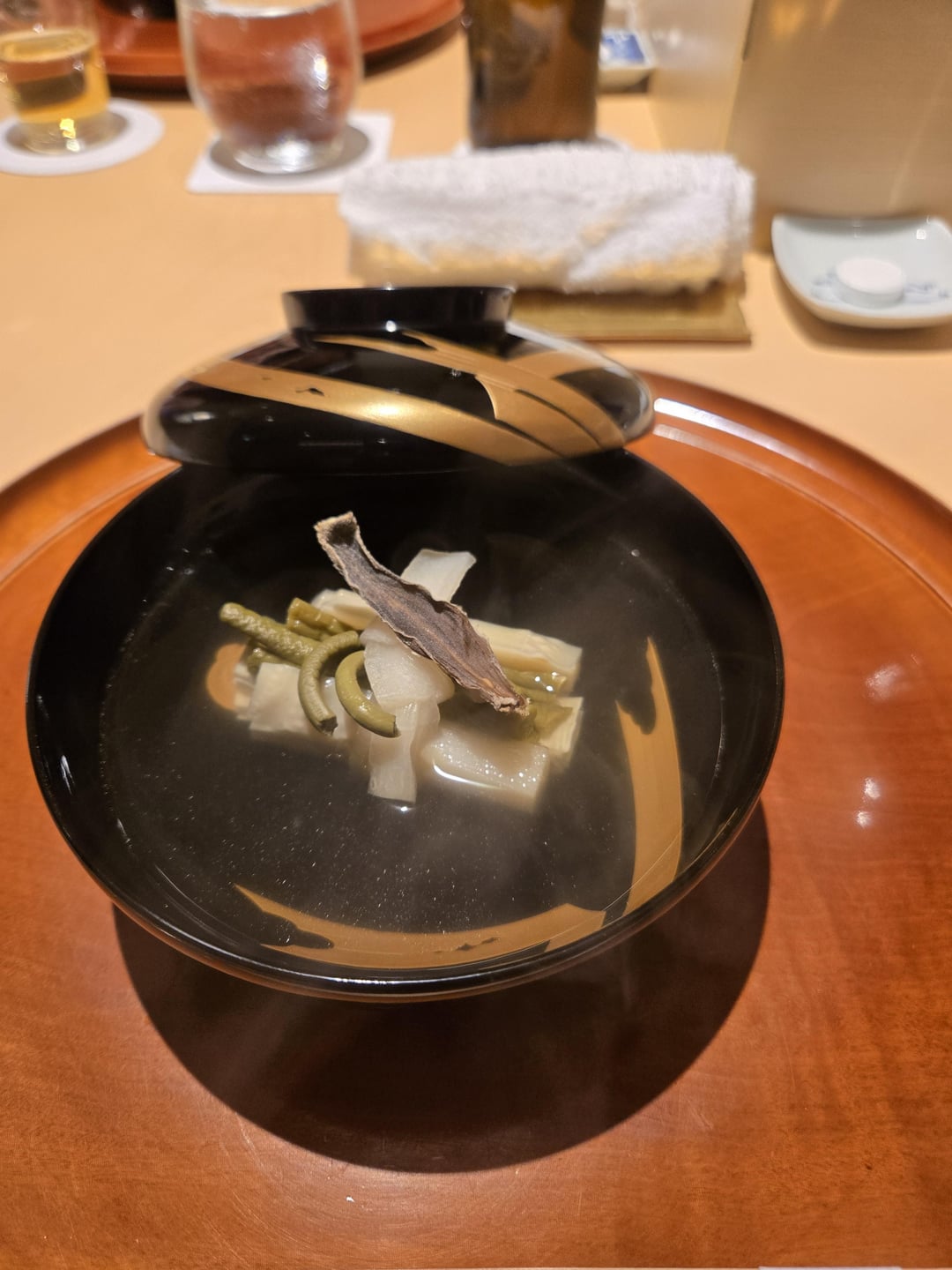
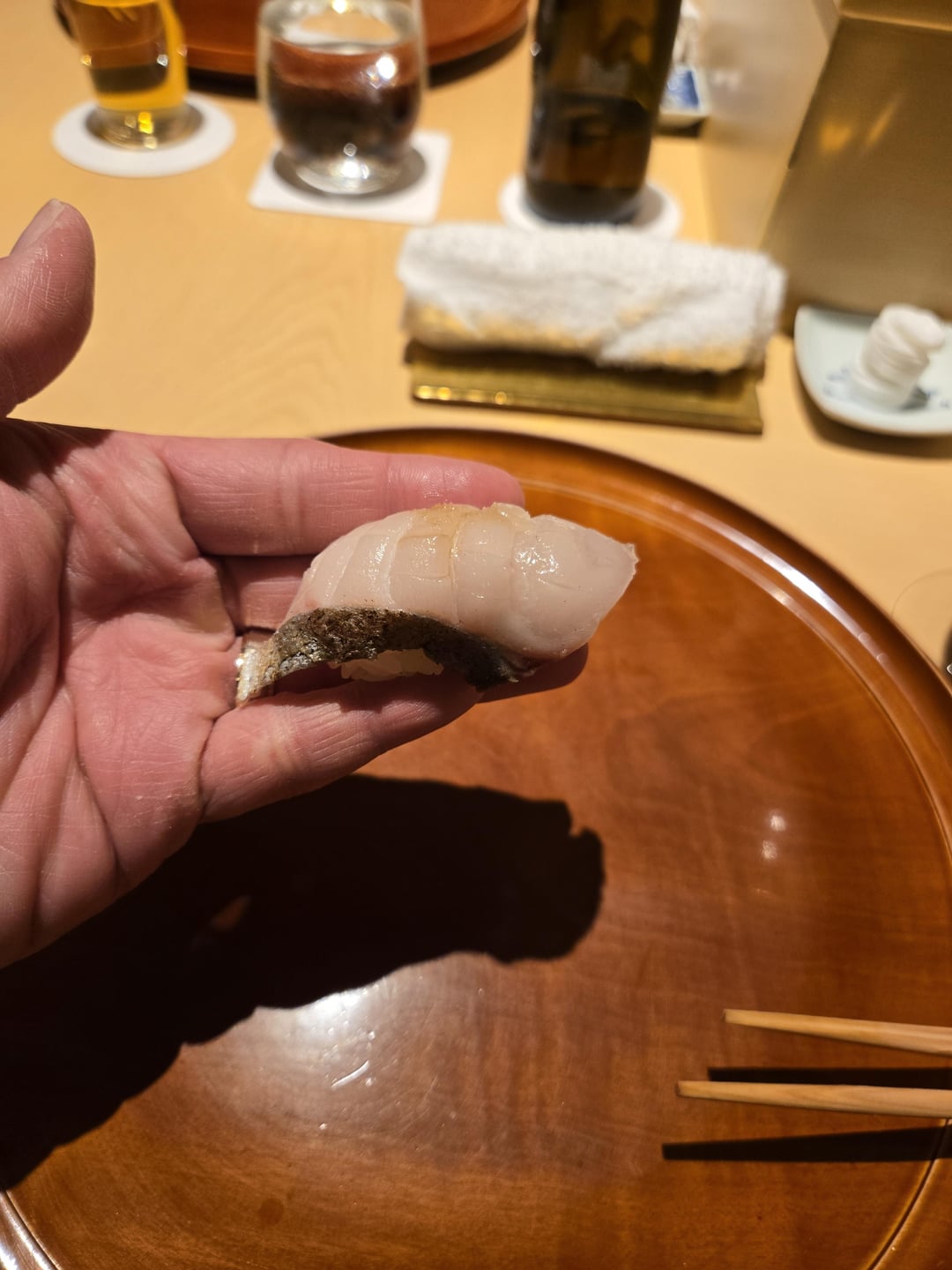
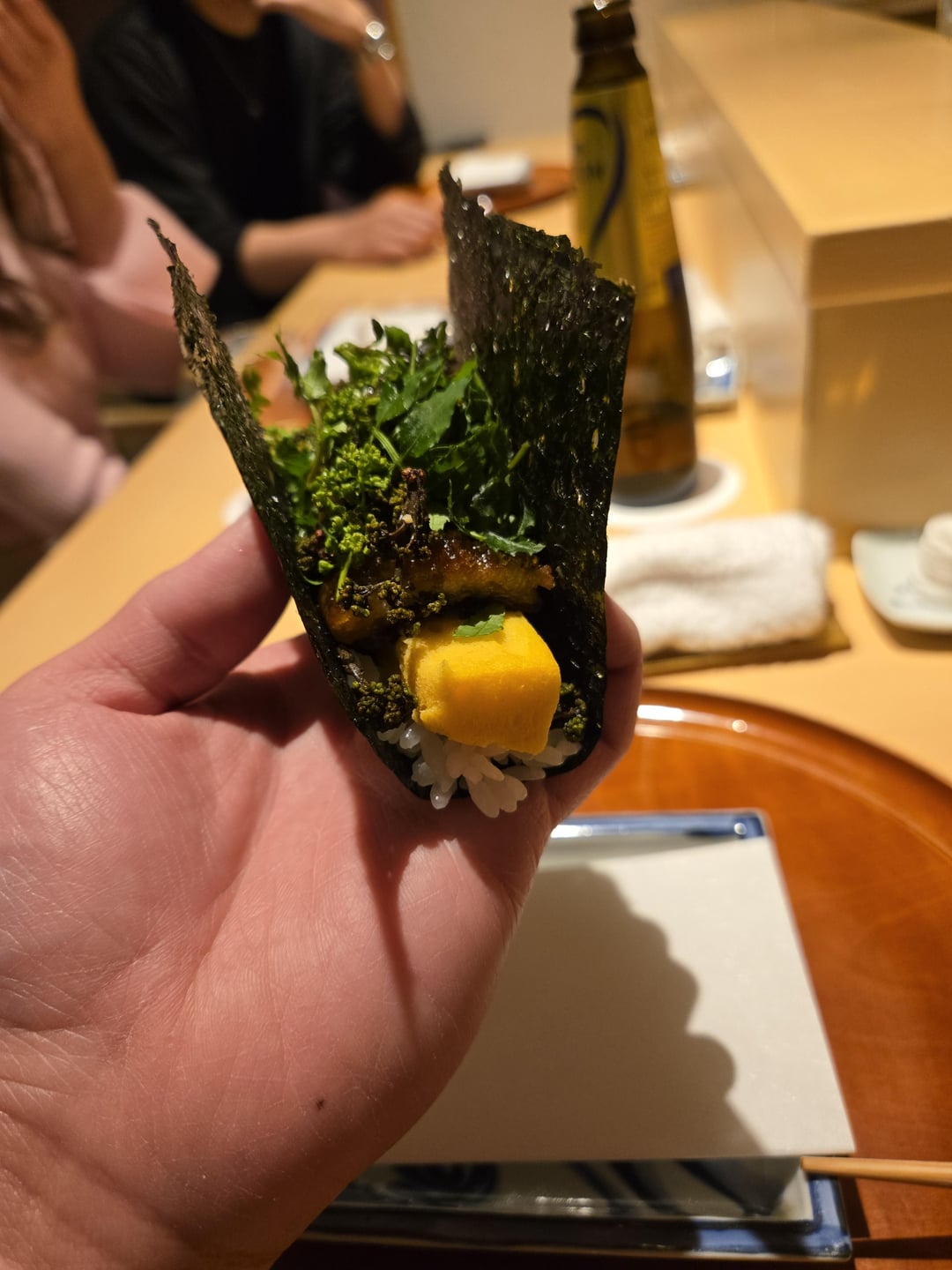
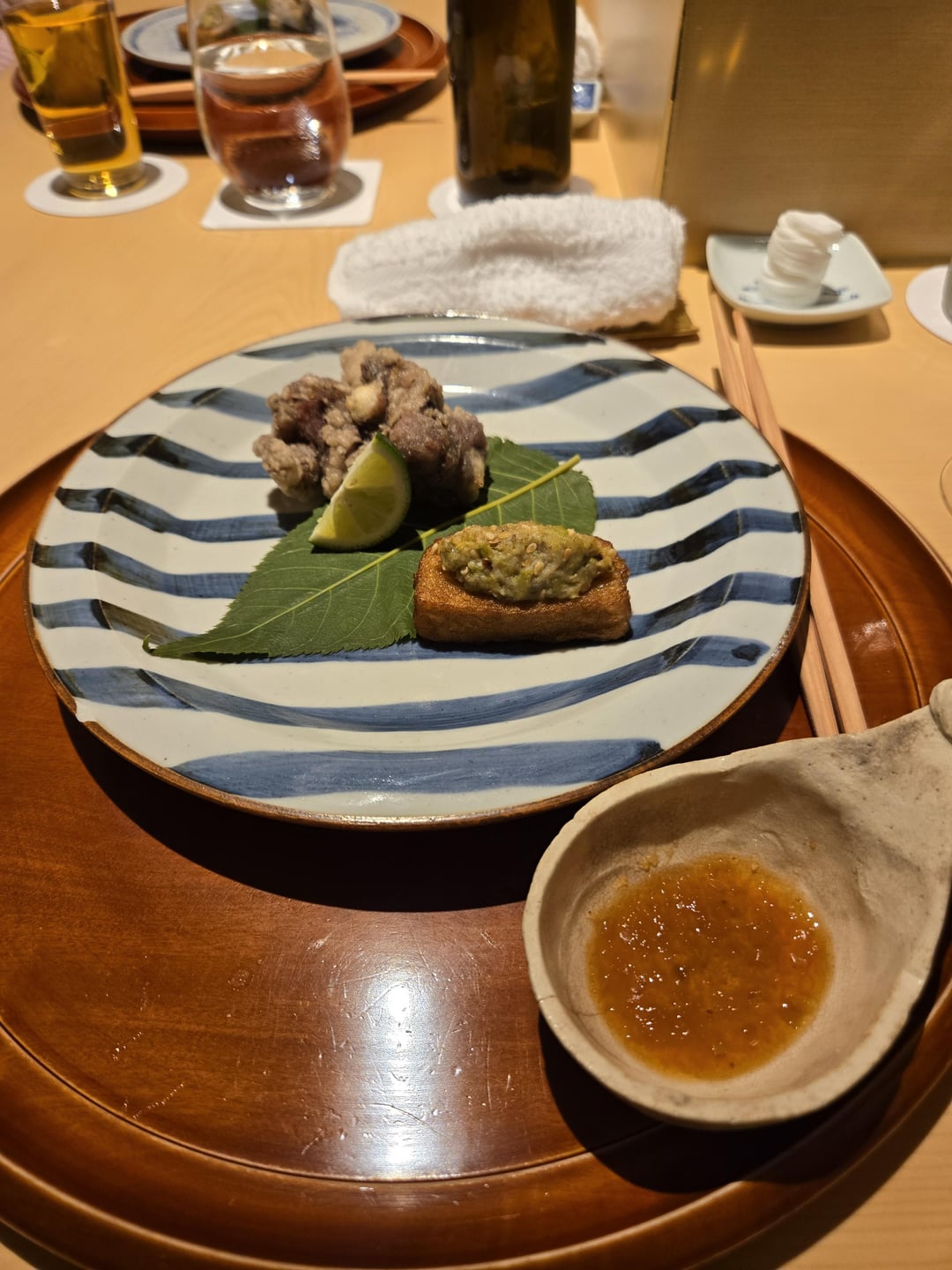
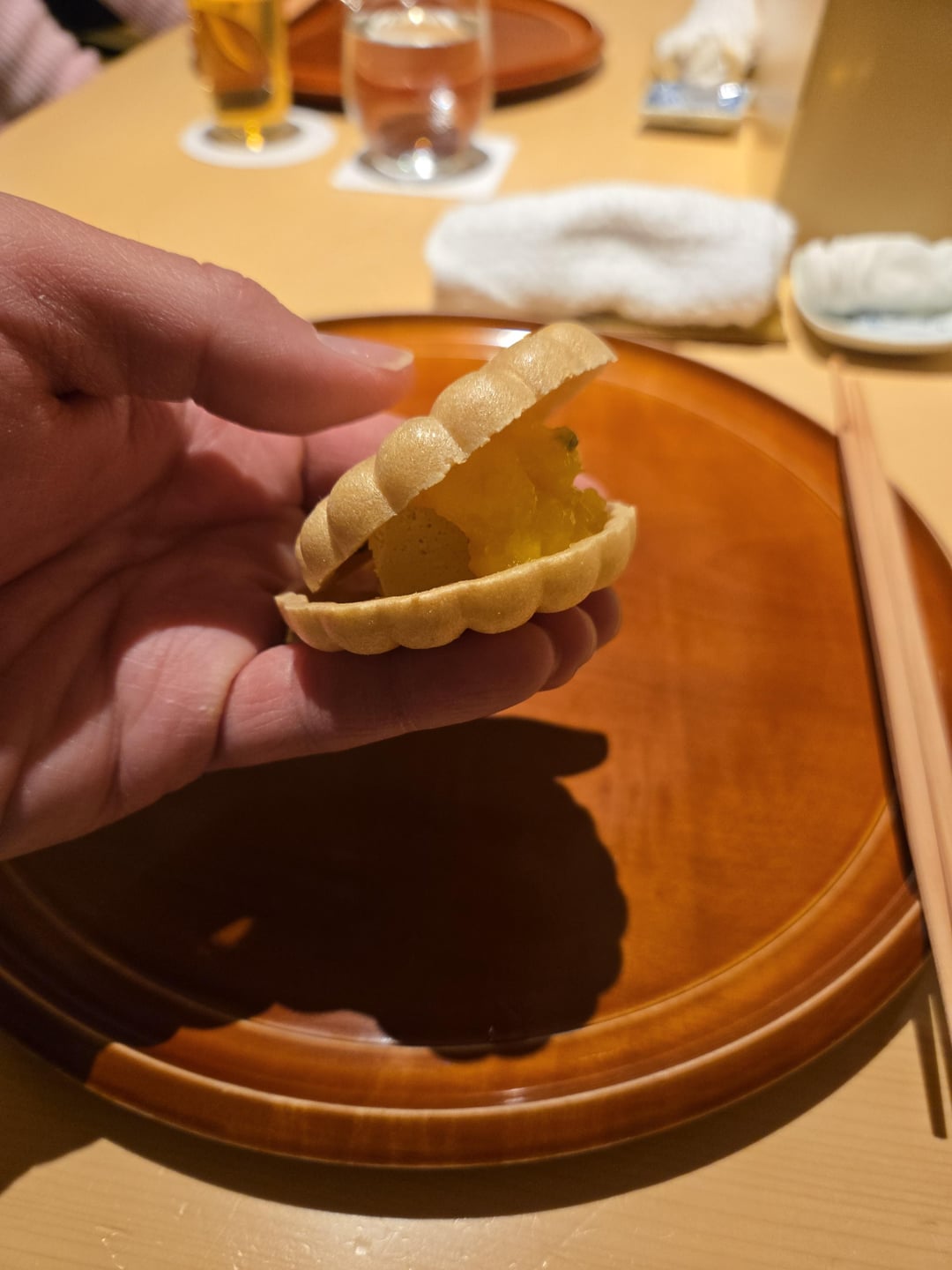
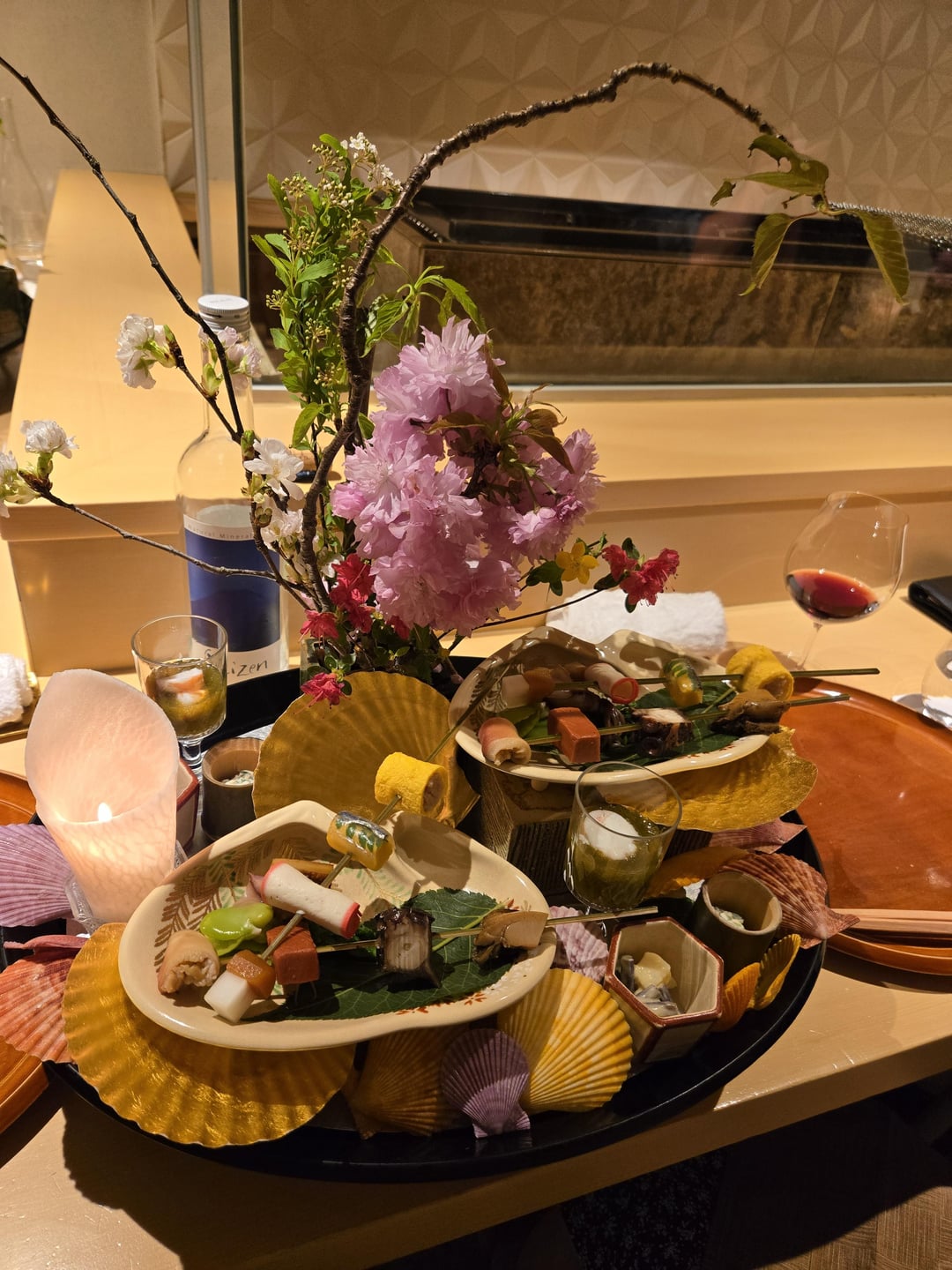
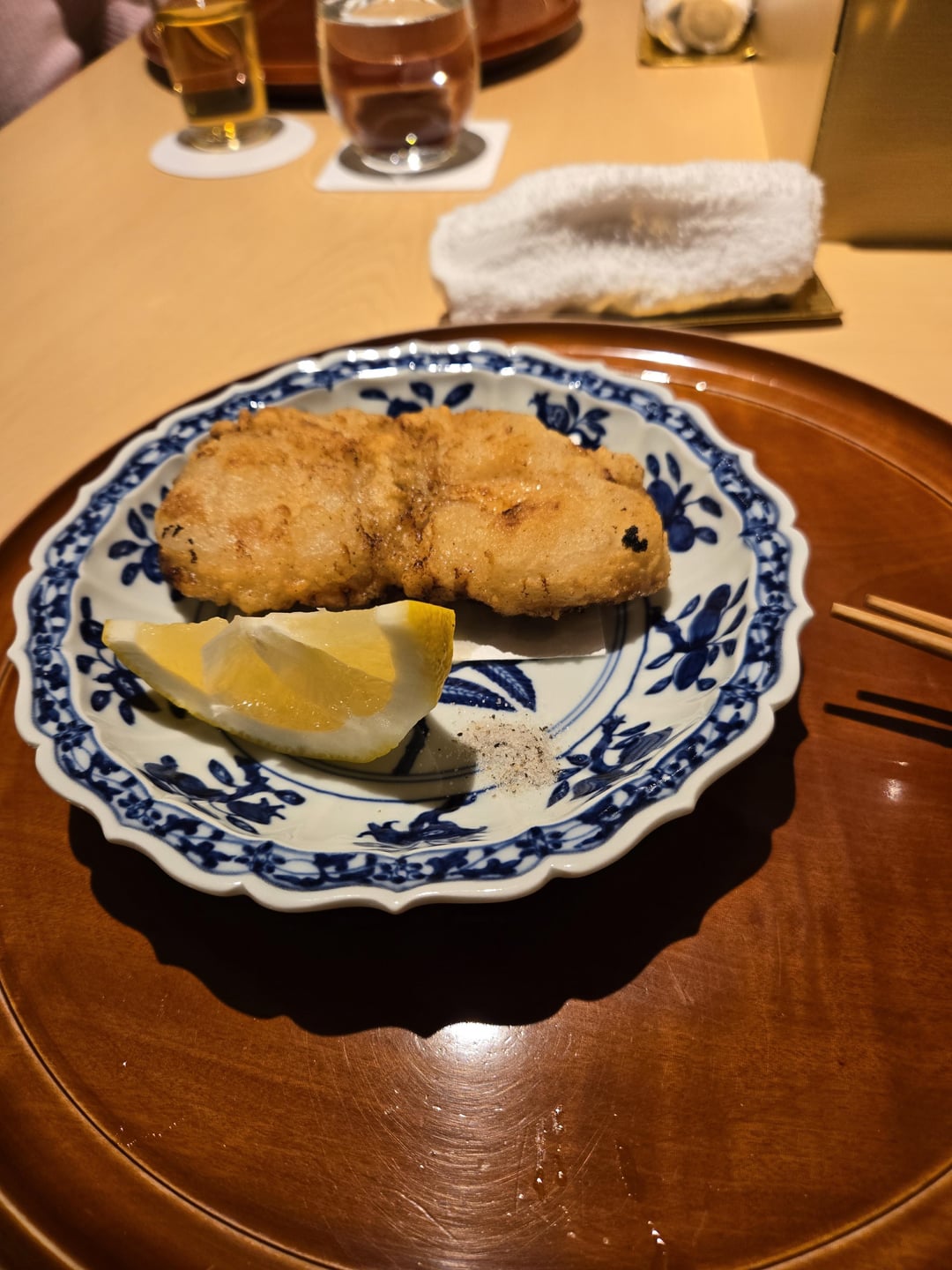
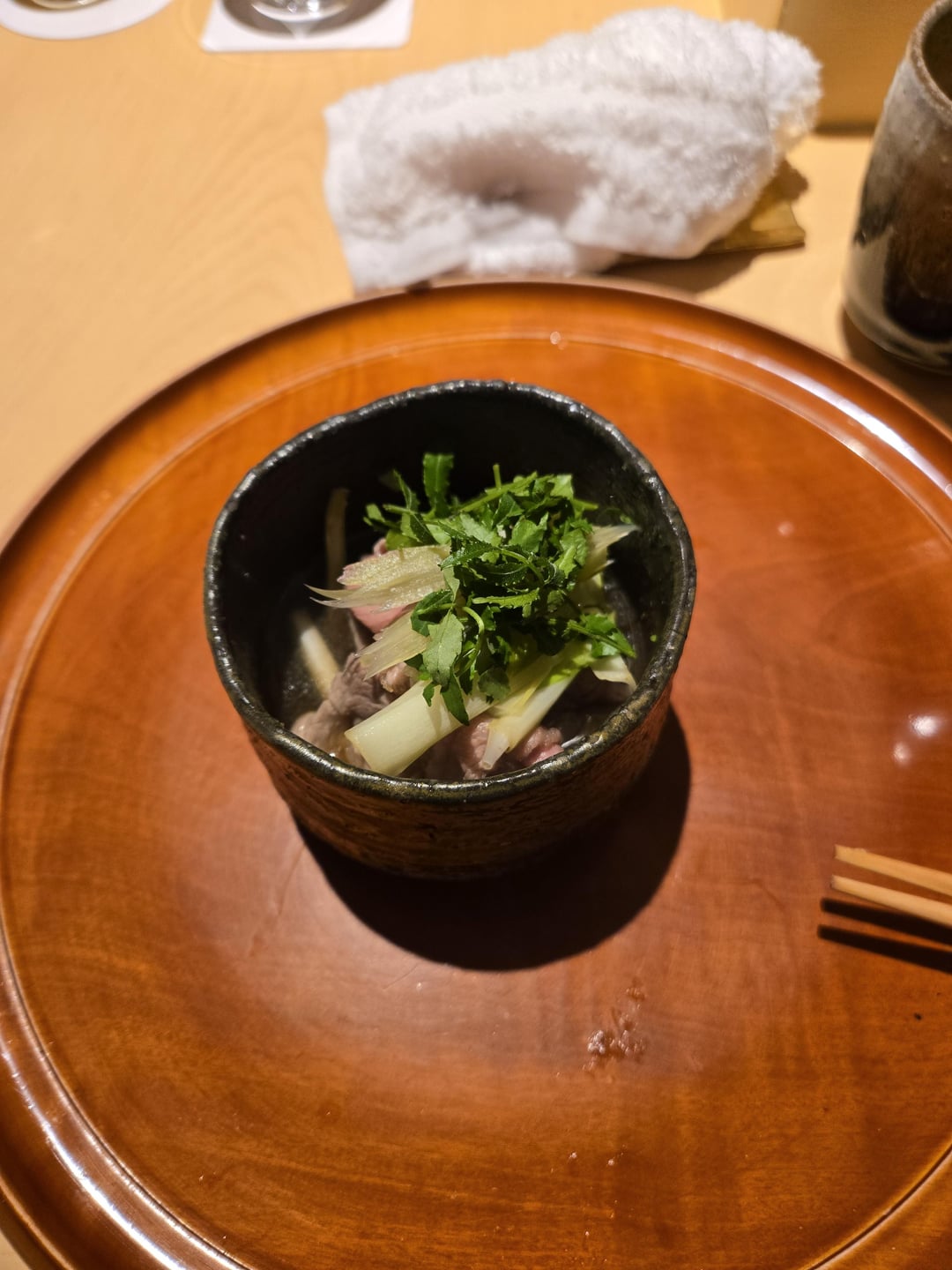
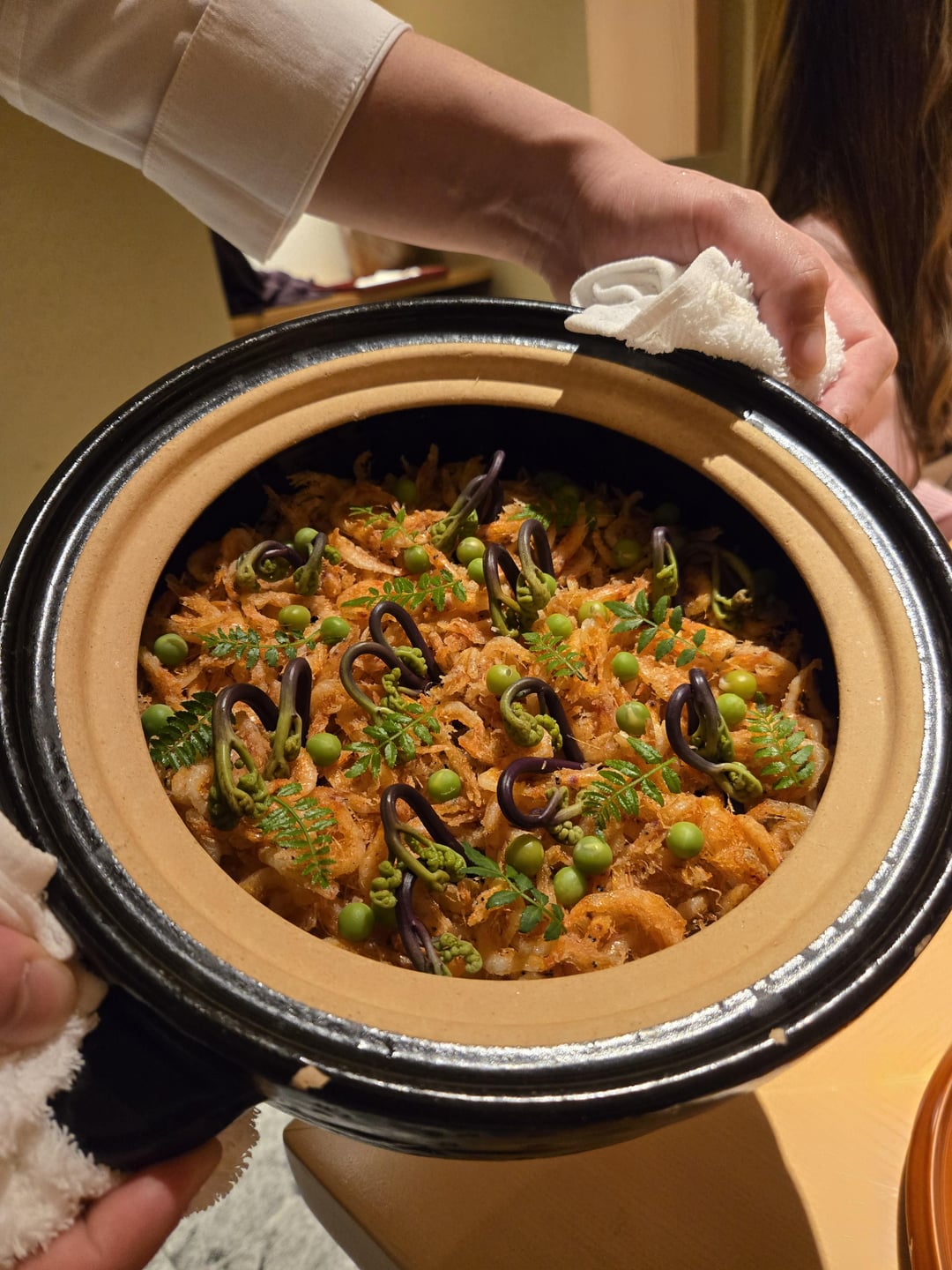
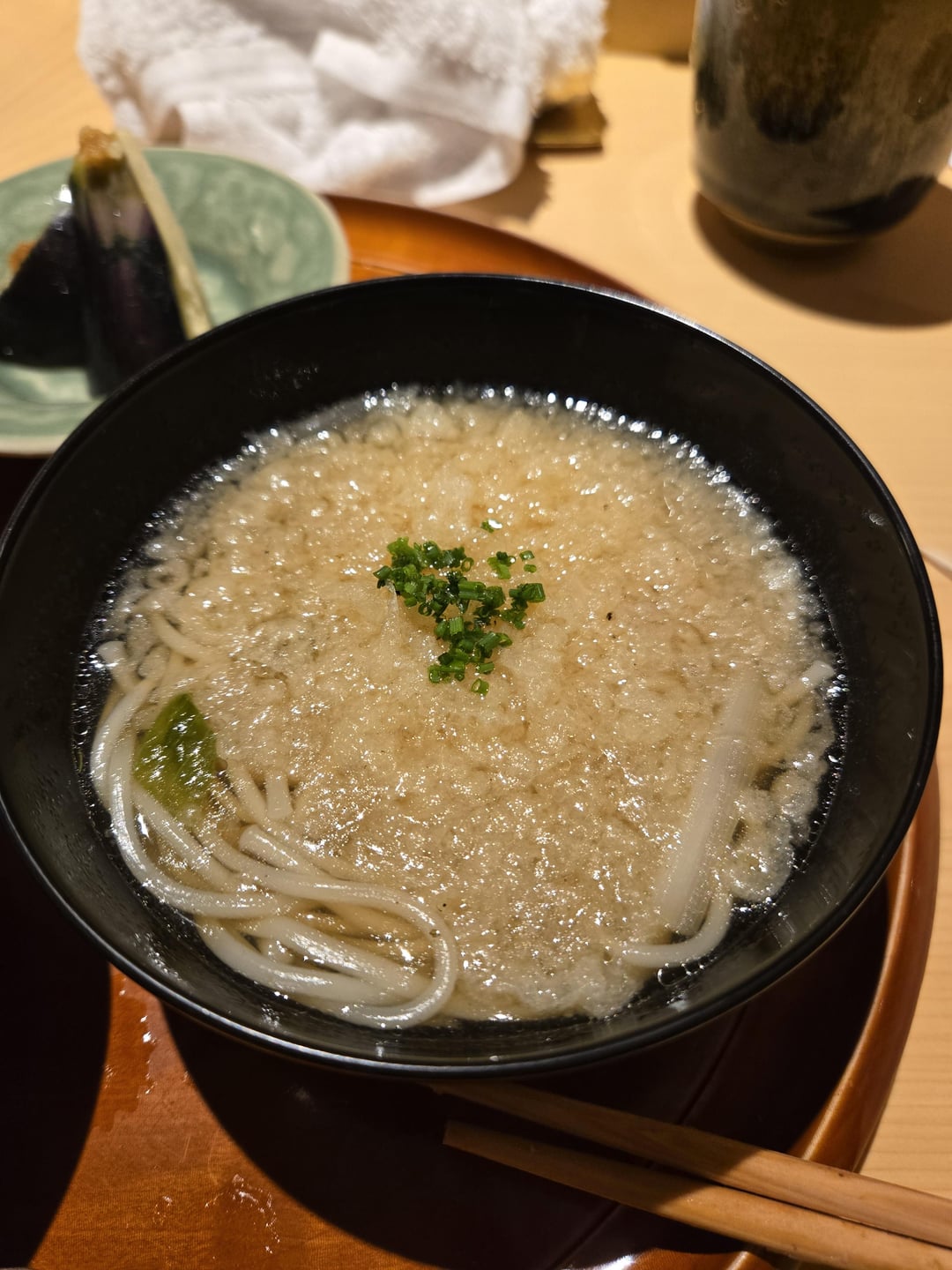
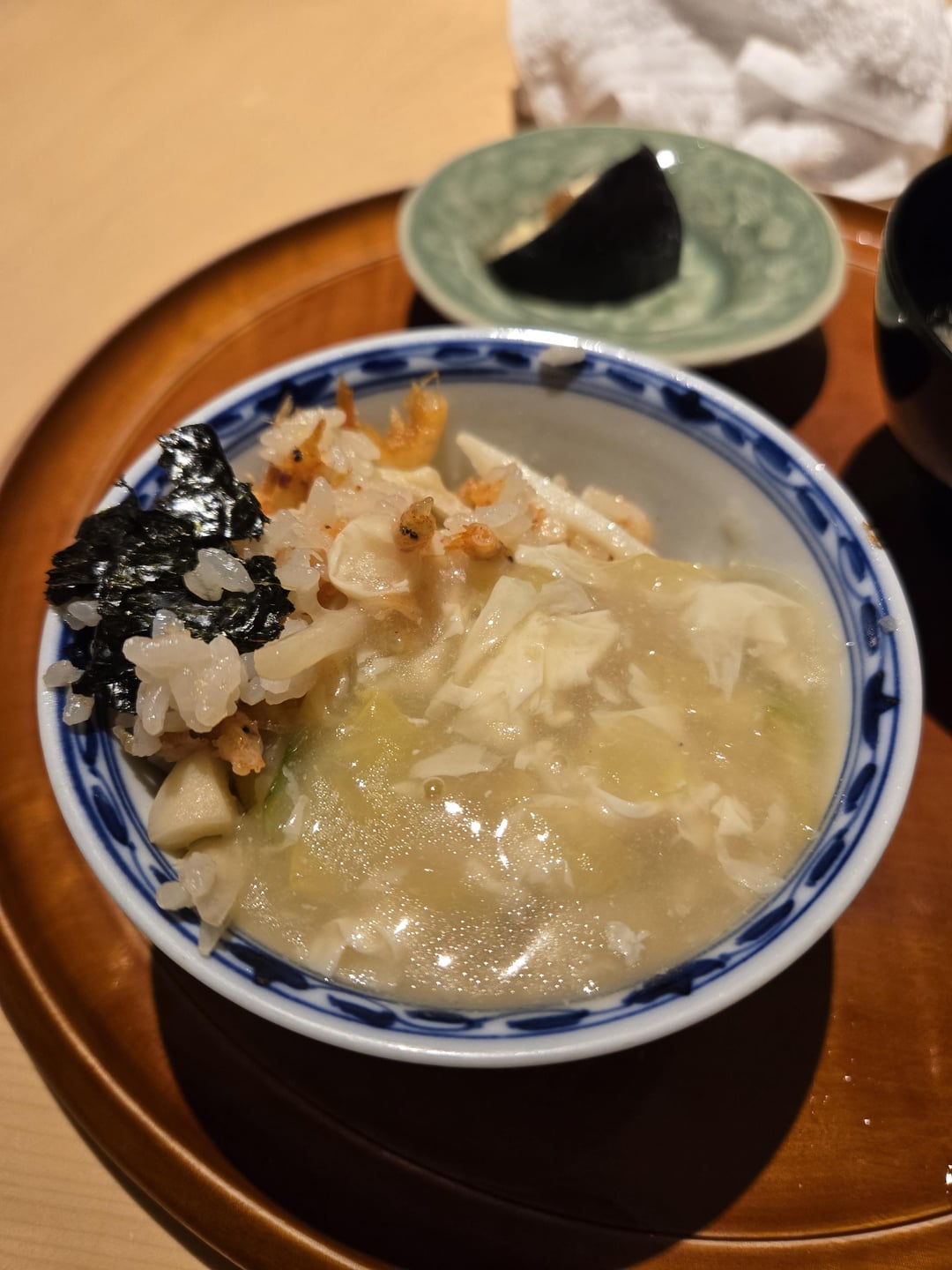
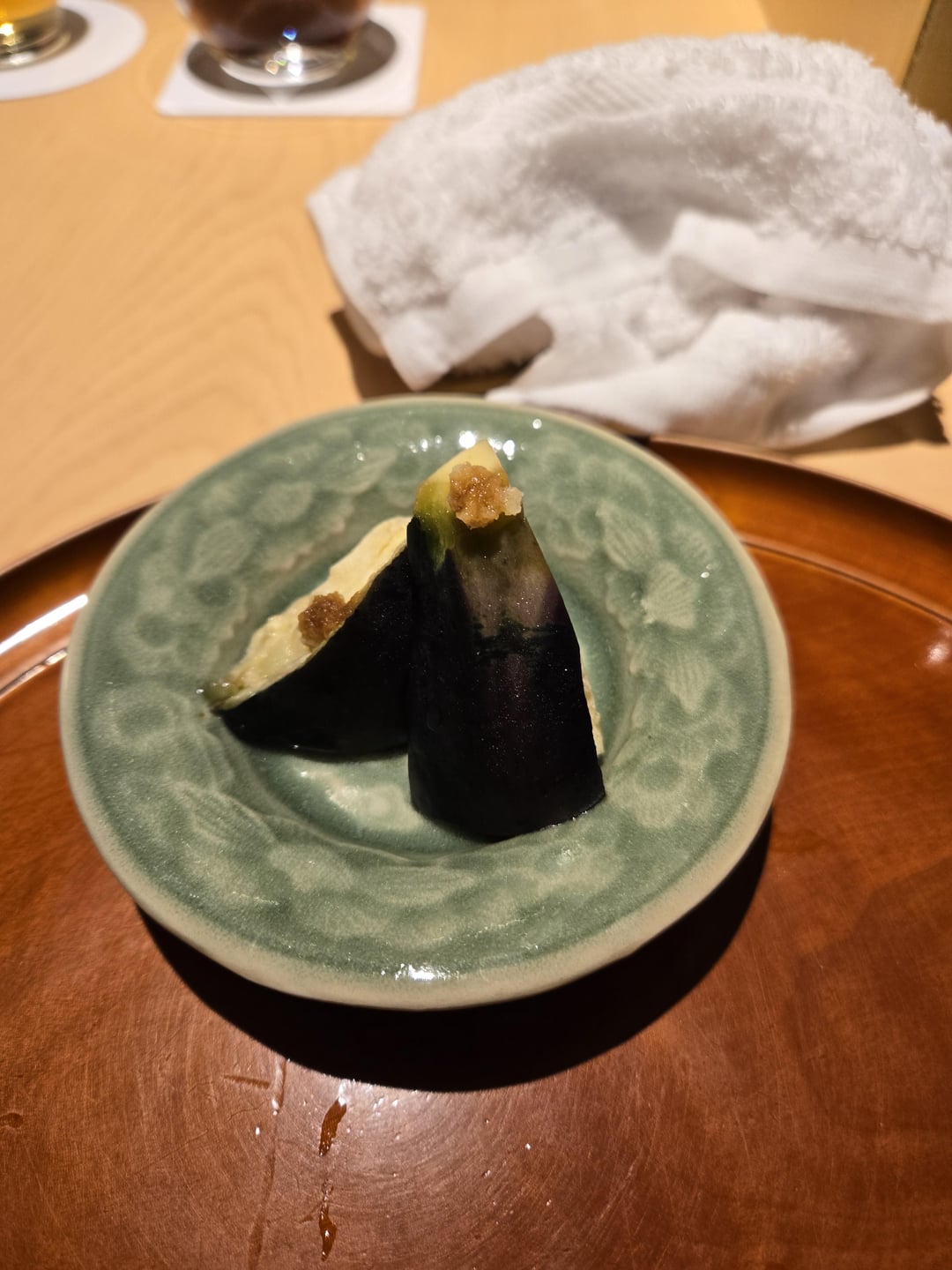
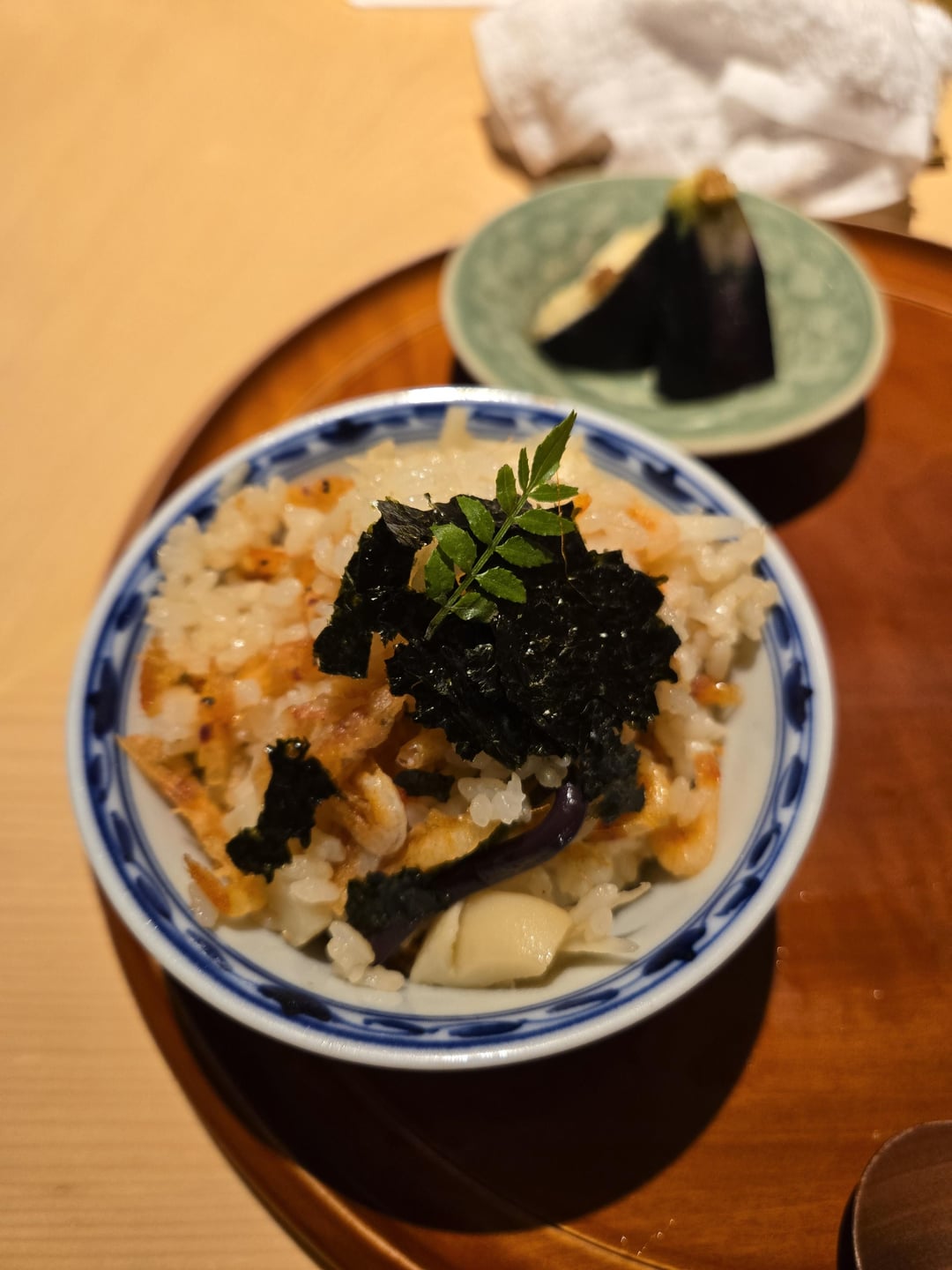
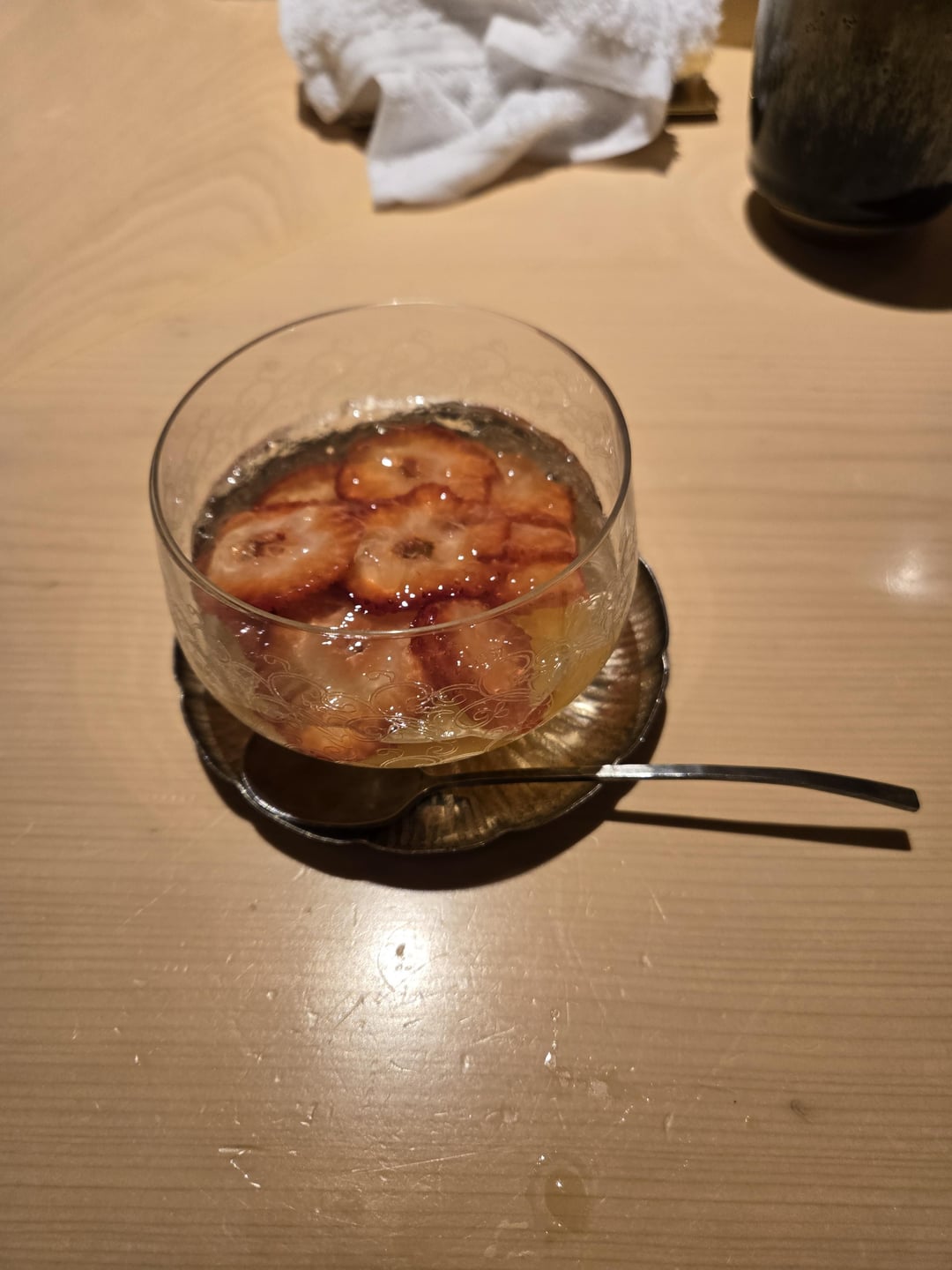
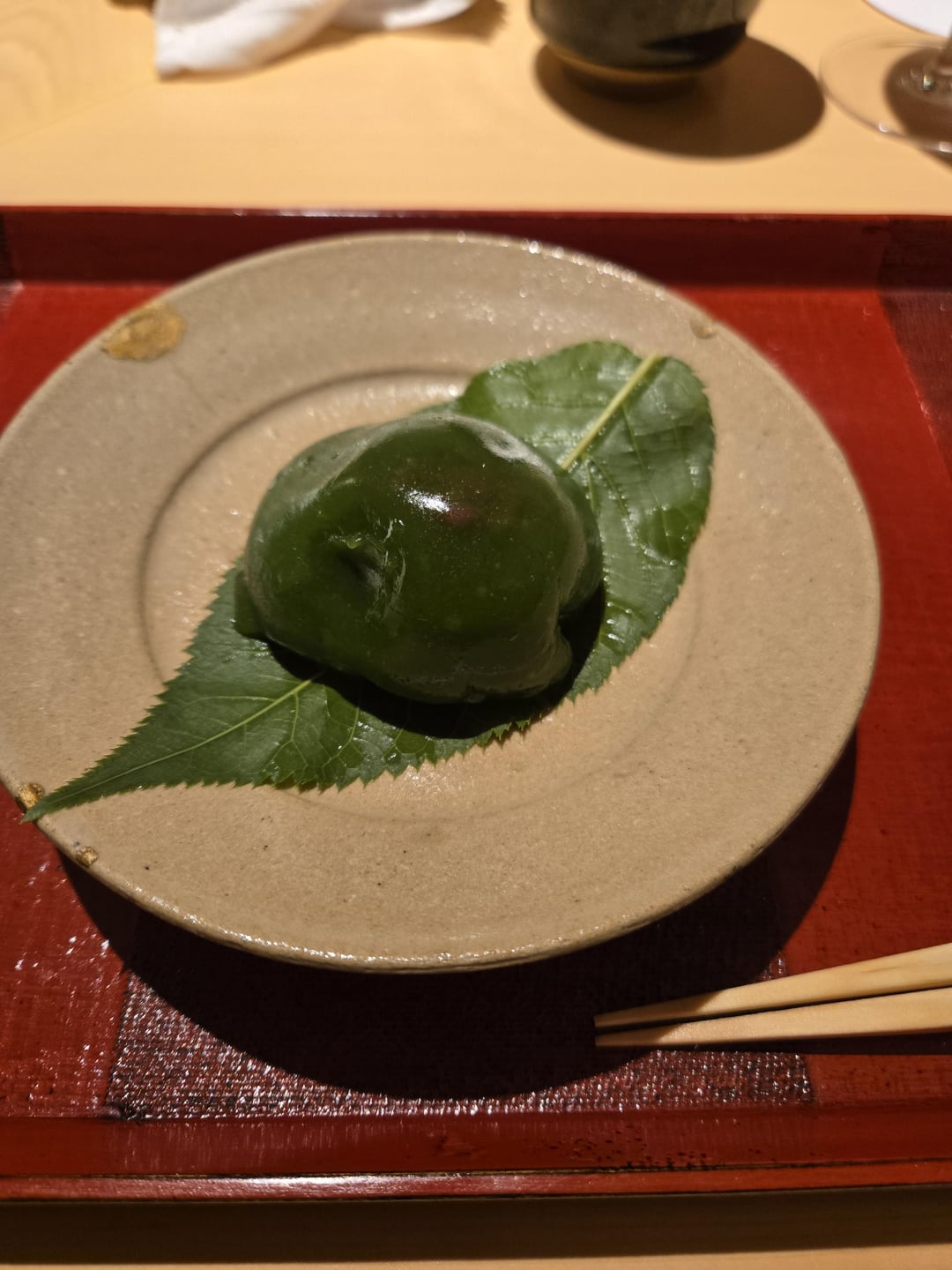
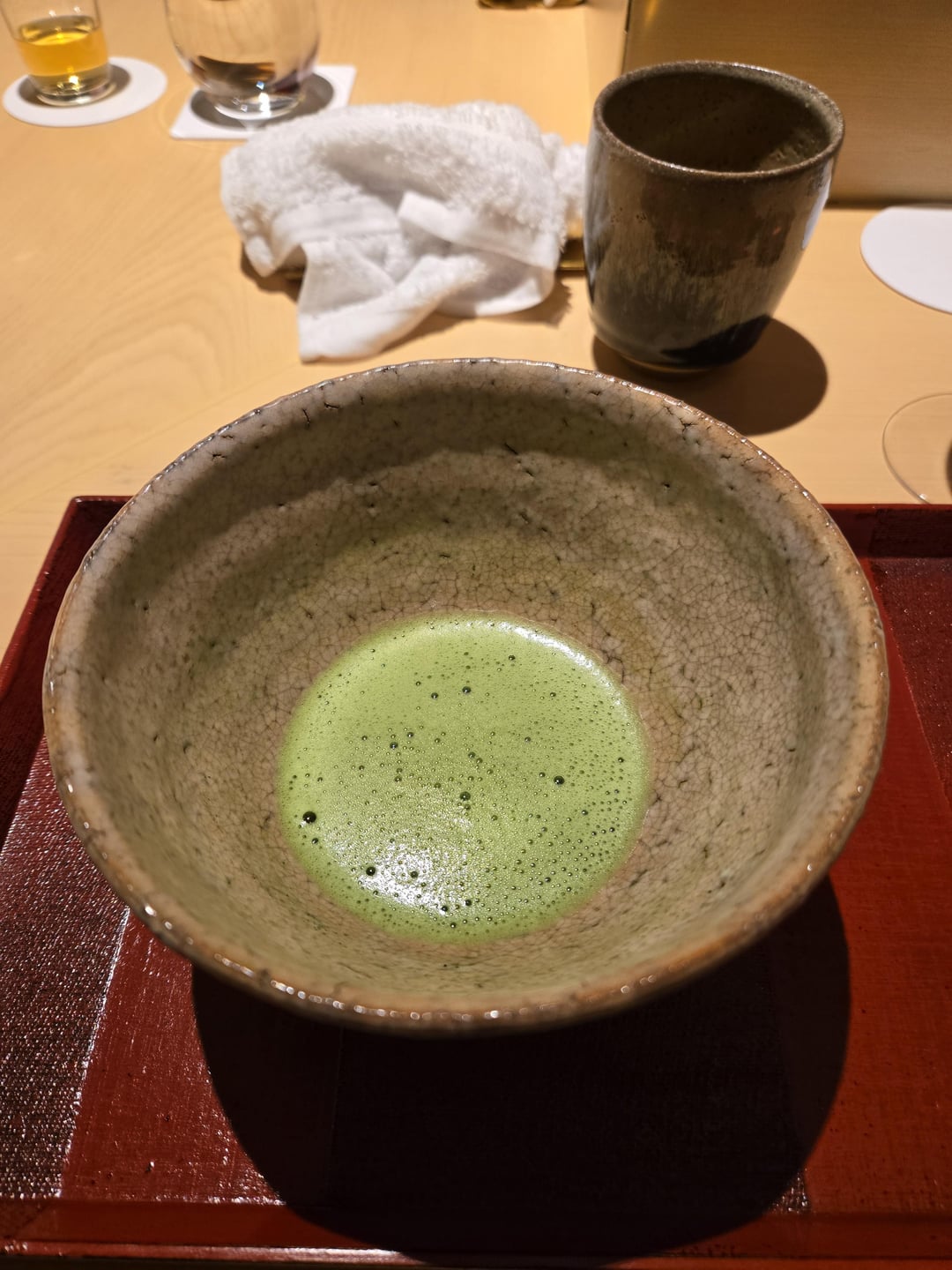
Ginza Shinohara is not exactly world renowed in the Western world, but it does boast a very respectable 2 Michelin stars and a very high Tabelog score of 4.55 granting it a very rare Gold award and it's currently ranked (as of this writing) #3 Japanese/Keiseki restaurant in all of Tokyo. Even cross-checking several sources, its rated extremely well. Needless to say, when I managed to book this reservation, our expectations were sky high.
First thing I will say and partially why I enjoy Keiseki is the beautiful presentation, the presentation of these dishes were impressive and very elaborate, taste was a different story. Unfortunately, this was one of my most polarizing experiences on our trip, some of the dishes were very good, some of the dishes seemed plain, and other dishes were just not good. . The tamago and unagi hand roll with sansho pepper was pretty tasty, easily the best dish we had that night (also the dish that got me addicted to sansho pepper whenever it was served to us), a nice contrast between sweetness of the unagi to the savoriness of the tamago to the numbingness of the sansho pepper, a really well executed dish. The very elaborate dish that we got mid point of our meal was only memorable because it was very pretty and it simply didn't taste good, we were just mustering ourselves to eat each item mainly because we're already paying a mini fortune for this meal and hoping the next item was better than the last, but nothing got better. The dish was something about Buddha's birthday and it wasn't very well explained to us, so we sorta guessed what we were eating based on what ingredients were obvious to us (i.e. octopus). I believe there were some fried grunt fish and maybe a fried fugu, but I'm not sure and they were okay. Strawberry dessert was good. Everything else was just not terribly memorable.
I think one aspect that really hurt our experience was the lack of English amongst the staff. The designated English speaking waiter still had pretty sub-par English which given some of the complexity and meaning behind the dishes, a lot of the dishes were just simply lost to us, so we didn't really know what we were eating nor could we appreciate them. I'm also not saying that every fine dining restaurant in Tokyo needs to have a highly competent English speaking staff member, but given that half the restaurant were foreigners (which I assume are most nights), the accolades and nuances of Keiseki, I would have expected they would have at least one staff with at least some level of decent conversational English.
As for Chef Shinohara, he was generally friendly, like most Japanese fine dining restaurants of this setting, he was mostly comfortable and spoke with his Japanese customers majority of the time, which was half of the restaurant. He would occasionally check in to see how we were doing, but did not make much effort beyond that. I think some people would take great offense to that, but given that he's clearly not comfortable with English and I generally didn't feel 'discriminated' against, it didn't add or take away from the experience overall.
Even just going in blind, I would never have guessed this was a 2 Michelin star restaurant let alone a whopping 4.55 Tabelog score. I think this restaurant leans very very heavily on a Japanese clientele that both understand and appreciate the highly nuanced aspect of Keiseki. So perhaps it's my lack of understanding of the dishes served or perhaps it was also luck of the draw of the seasonality of the ingredients, who knows. I will mention that I had an significantly better dining experience at Den and Kiyama (both during this trip to Japan) and at Ishikawa (from many years ago), so I don't think this necessarily due to lack of experience with Keiseki.
by justawineguy

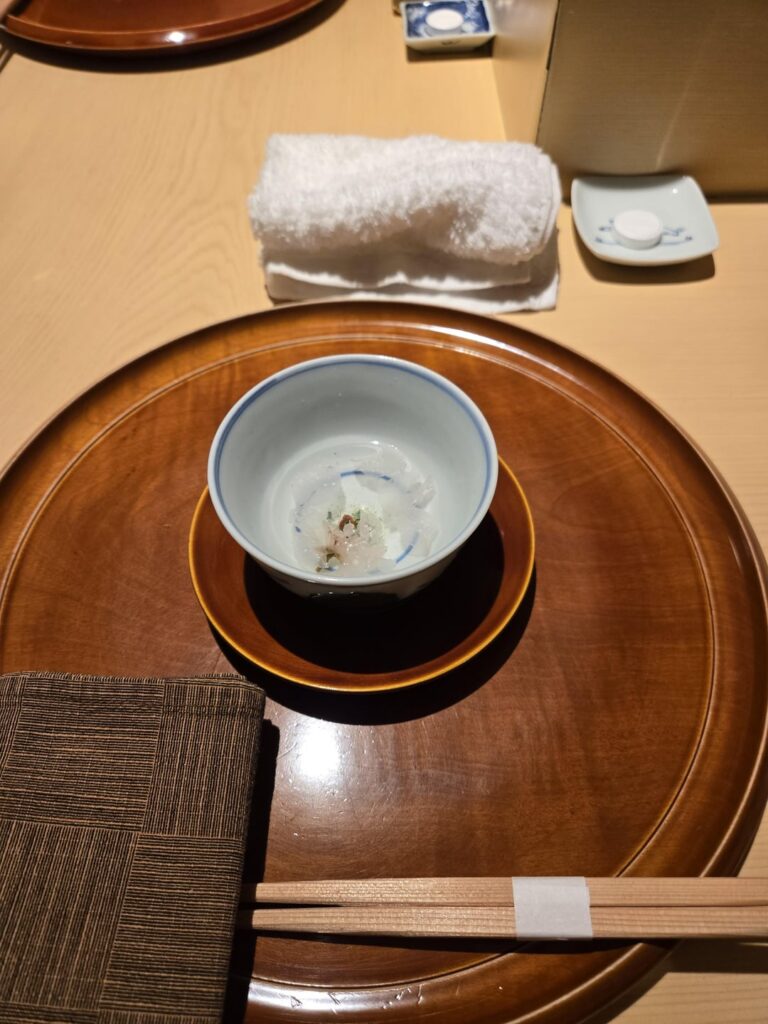
3 Comments
I haven’t been to Shinohara but have been to Kitagawa and loved it. FWIW I didn’t think it was super subtle but I think there were textures that would be offputting to many (basically non East Asian)
TBF I think saying going to Den doesn’t really relate to lack of experience of experience with Kaiseki. For example, Den and Kyoto kaiseki restaurants are worlds apart. There’s a reason why Den is so popular with foreigners.
Went to Kitagawa and Shinohara on back to back nights, they were both great. First night at Kitagawa, we were the only party (of 2) that night. While I’m not fluent (and far from being fluent) in Japanese, I tried my best to communicate with the chef. It was difficult to start with but with a few drinks in with the chef, we were having a good time.
The next night at Shinohara, I saw one of the Kitagawa staff from the night before there, so he immediately greeted us and gave us the intro to the place. Again, after a few drinks in, I was having basic conversation with the chef and had a good time.
One of the sous chef who wears spectacles (forgot his name) actually can speak some English. Having some knowledge of Japanese ingredients vocabulary and kaiseki structure also helps.
Also, I don’t mind not getting a full context. If you wait for Shinohara-san to finish his long-winding introduction to the dish and then getting an exact translation from a staff, the dish will turn cold.